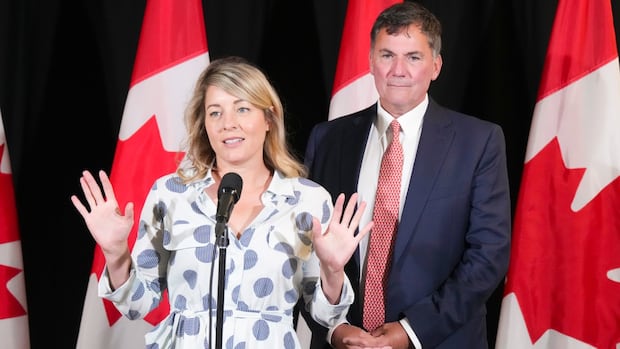Trump’s global tariff pause is supposed to expire Wednesday. What’s at stake for Canada?

U.S. President Donald Trump’s three-month pause on global tariffs is set to expire in just a few days, and experts are warning that Canada still faces significant risks moving forward. The deadline of July 9 looms, and with it the potential for Trump to take action against Canada.
Back in April, Trump announced a list of reciprocal tariffs on more than 150 countries, including China and the European Union. Although Canada was not initially on that list, it still faces trade penalties that were previously imposed. Trump then decided to freeze the global tariffs for 90 days to allow for negotiations with each country.
However, as the deadline approaches, there is concern that Trump has not closed many deals during this period. With only agreements reached with Britain and Vietnam so far, negotiations with other major markets like China, India, the European Union, and Japan are still ongoing. This lack of progress could lead to Trump becoming more agitated and demanding further concessions from countries, including Canada.
The use of the International Emergency Economic Powers Act (IEEPA) by Trump to apply tariffs globally and to impose fentanyl tariffs on Canada and Mexico has raised legal challenges. While a court ruled that Trump exceeded his authority with the IEEPA, the tariffs remain in effect pending an appeal.
Despite the uncertainties, there may be opportunities for Canada to diversify its trade partners. With strong relationships through agreements like CETA and CPTPP, Canada could leverage economic uncertainty to expand trade with European and Asian allies. However, challenges remain with key markets like the U.K., India, and China due to diplomatic tensions.
Trade discussions between Canada and the U.S. continue, with a deadline of July 21 set for reaching a deal. While negotiations hit a roadblock over Canada’s digital services tax, the tax was scrapped, and talks resumed. Experts remain cautious but optimistic about the potential for a trade agreement, recognizing the importance of maintaining a strong relationship with the U.S. and exploring opportunities for trade diversification.




